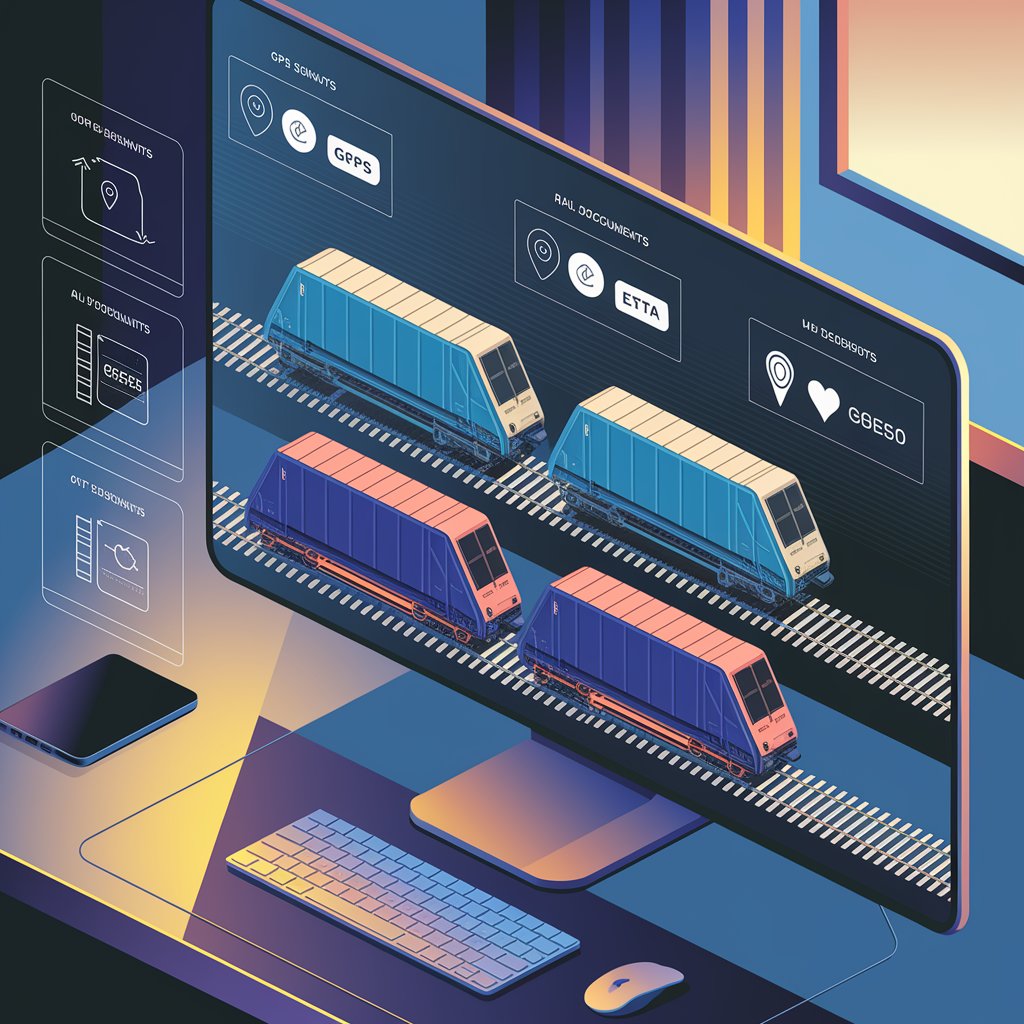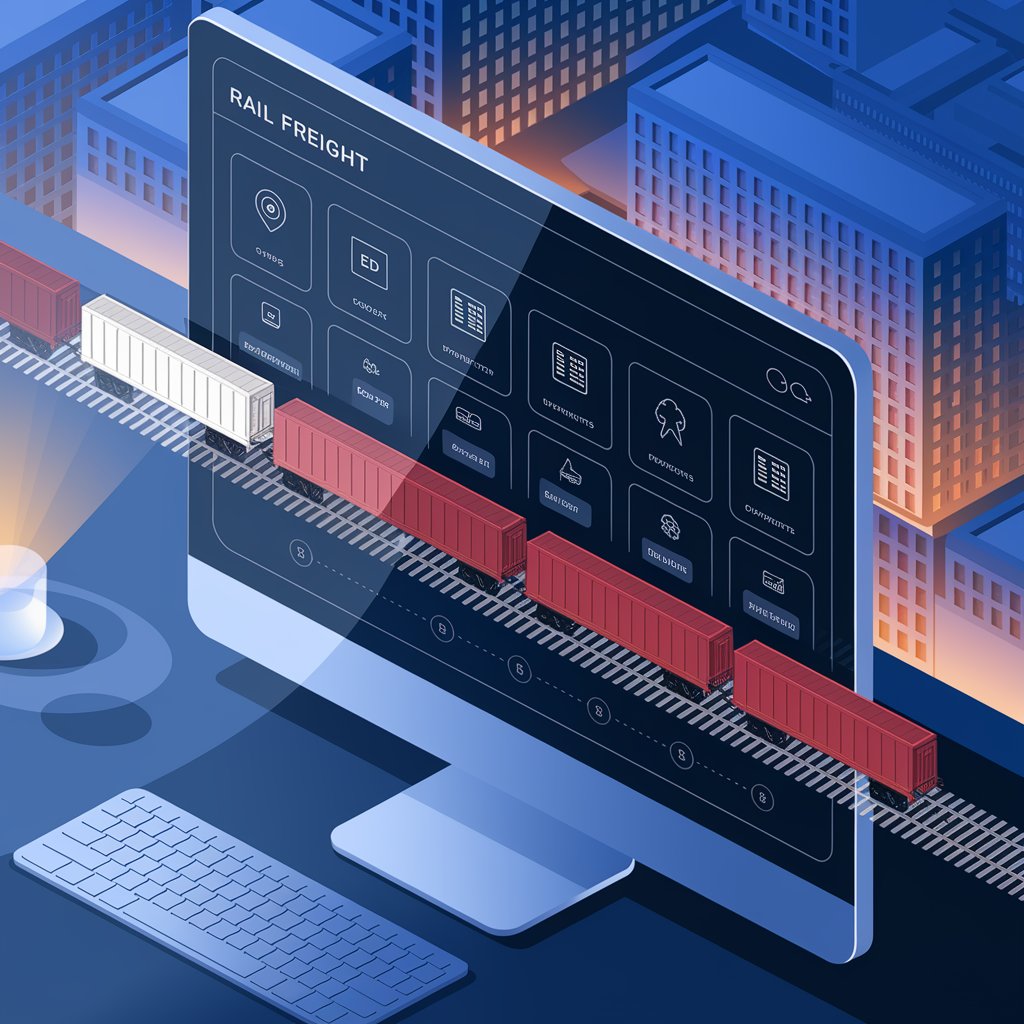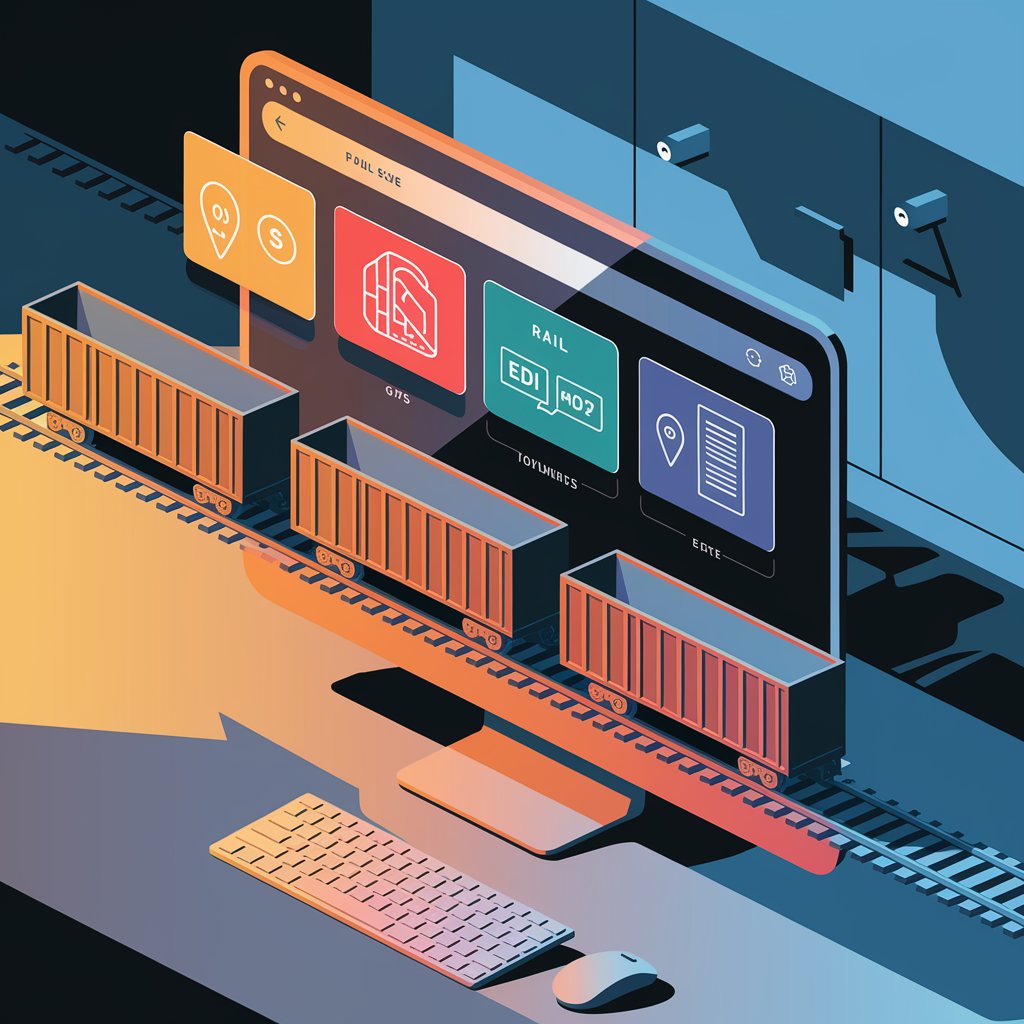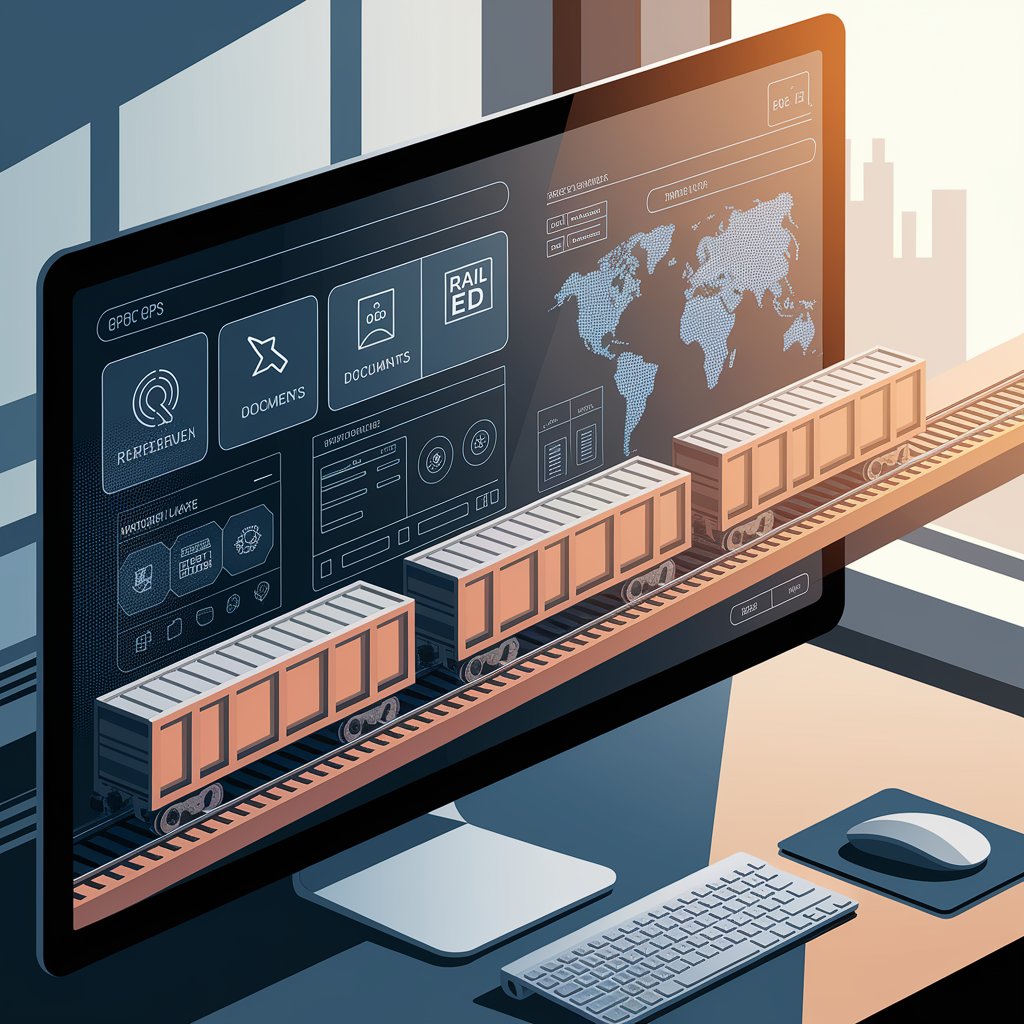Rail Freight Forwarding Software: Optimizing Every Mile on Track
Let’s explore how modern software platforms are revolutionizing rail freight operations.

Real-Time Wagon Tracking: Never Lose Sight of Your Cargo
One of the top challenges in rail logistics is the lack of visibility once the cargo leaves the terminal. Traditional updates are slow and often require manual coordination.
With rail freight forwarding software, you get:
- Live GPS data on wagon movement across countries
- Interactive maps to monitor each wagon or trainset
- Automated alerts for key milestones or delays
This real-time visibility helps logistics teams improve planning, reduce uncertainty, and minimize costly idle time.
Rail EDI Integration: Automate the Data Exchange
Electronic Data Interchange (EDI) is vital in rail freight. It ensures accurate and timely communication between forwarders, carriers, and authorities.
Key benefits of rail EDI within freight software include:
- Automatic transmission of transport orders, loading lists, and handover messages
- Smoother communication with rail operators and customs
- Error reduction and elimination of duplicate data entry
Rail EDI doesn’t just save time—it builds a digital backbone for scalable operations.

ETA Predictions with Rail Intelligence
Accurate Estimated Time of Arrival (ETA) is a competitive advantage in logistics. Rail-specific software uses real-time data and historical route intelligence to provide dynamic ETA updates.
You’ll gain:
- Real-time delay detection based on route data
- Predictive analytics that adapt to route conditions
- Smarter dispatching and customer notifications
The result: better SLAs and fewer “Where is my shipment?” emails. 📬
Unified Dashboard for Rail Visibility
Why juggle spreadsheets, emails, and carrier portals?
A modern rail freight forwarding dashboard lets you:
- View every shipment in transit, including individual wagons
- Track document status, such as EDI messages and customs forms
- Analyze performance KPIs like dwell time, ETAs, and delivery accuracy
Everything is centralized—saving time, reducing stress, and boosting decision-making.

Intermodal Integration Made Easy
Rail rarely works alone. It’s part of a broader intermodal supply chain, involving trucks, ships, and warehouses.
Rail freight software bridges these modes with:
- Seamless transfer visibility from port/road to rail and back
- Container-level tracking through modal handoffs
- Automated workflow triggers when milestones are met
This cross-modal coordination unlocks new levels of efficiency and transparency.
Compliance and Documentation Control
Rail shipping requires tight compliance—especially with customs, border crossings, and regional regulations.
Your software should help you:
- Store and transmit digital documents securely
- Ensure data accuracy through system validations
- Log audit trails for every communication and update
Staying compliant becomes effortless—reducing legal risk and improving reliability.

Unlock Growth with Automation and Analytics
Finally, modern rail freight forwarding software gives you the tools to grow your business:
- Automation frees up your team from manual tasks
- Analytics dashboards help identify trends and optimize costs
- Scalability allows for handling larger volumes with ease
Whether you’re managing 20 wagons or 2,000, software lets you scale without adding overhead.
🎥 Watch the rail ETA demo.
See how real-time tracking and automation transforms your rail operations.
Request a free walkthrough today
Final Thoughts
Rail is no longer an old-school freight mode. With the right rail freight forwarding software, companies unlock full visibility, automation, and control. From wagon tracking to rail EDI and predictive ETAs, digital tools are the new tracks for logistics success.
🔍 Stay on track. Stay connected. Go digital with rail freight.
